
Detection of secreted basic polymer on agar plate embedded with charged... Download Scientific
Over 90% Of All Products On eBay Are Brand New. Big Brands, Top Retailers. Great Prices On Millions Of Items. Get It On eBay.
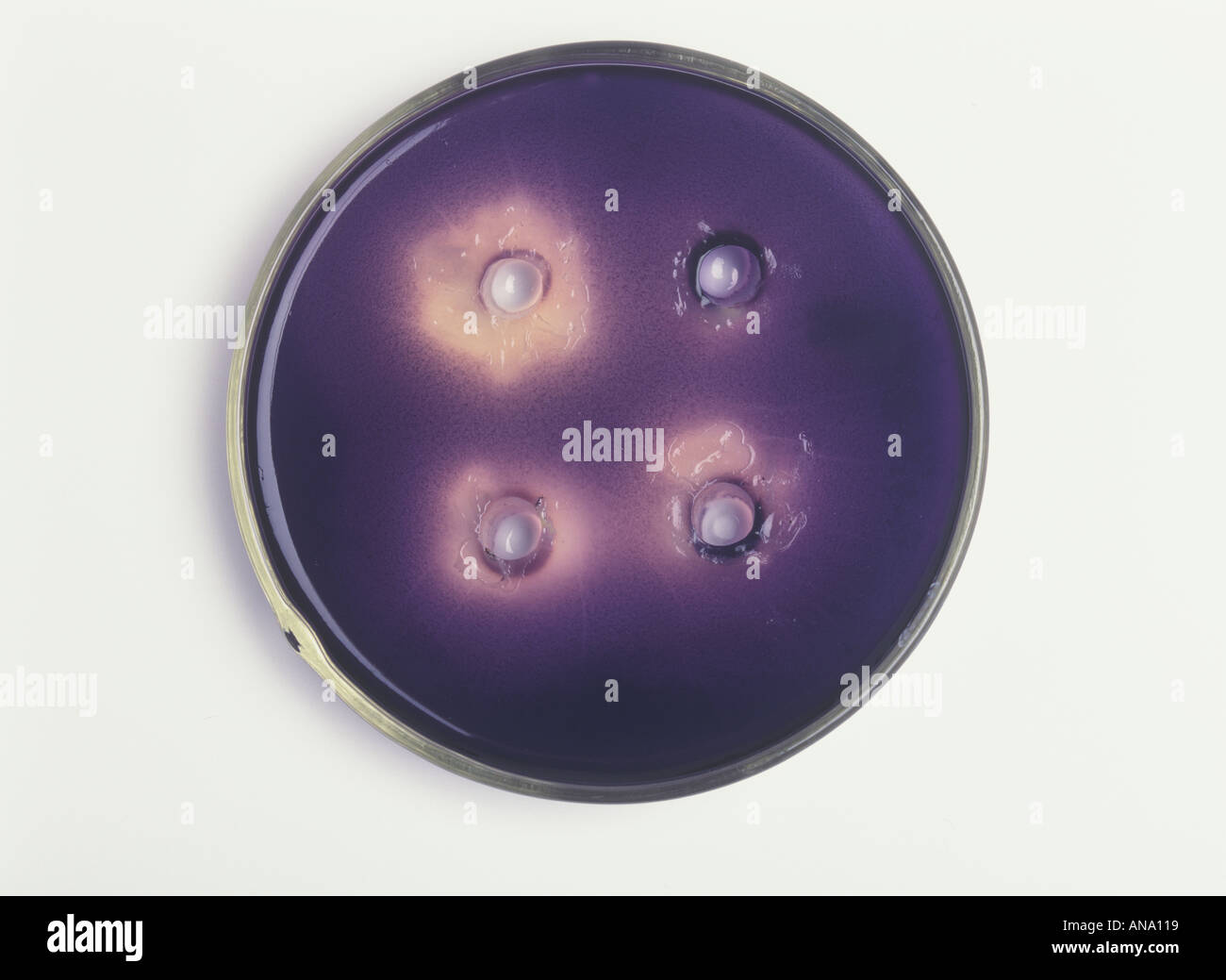
Colourless areas on starch agar plate where starch has been broken Stock Photo 1417496 Alamy
5.) Using a whisk, gently break up and stir the gel into agar “curds.†6.) Dump the curds into a cheesecloth lined chinois. 7.) Lift and gently squeeze to drain. 8.) After a while you can dump the curds back into the bowl to break them up some more. The Broken Agar "Curd" 9.)
Agar to agar first transfer “treasure coast” Agarporn
Agar Agar (also known as agar) is a hydrocolloid used for gelling at high temperatures and as a vegetarian gelatin substitute. It can be used to create hot gels and cold gels that don't melt at room temperature, to thicken liquids, produce fluid gels and to clarify stocks.
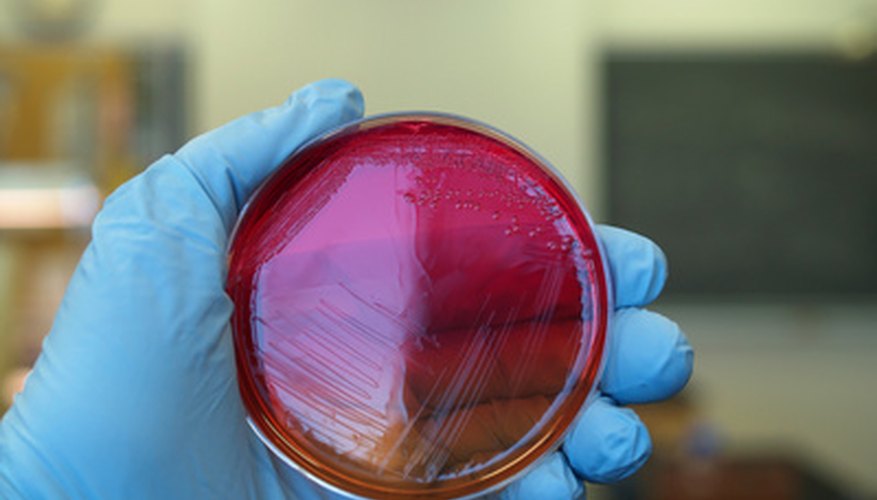
→ ¿Por qué las placas de agar deben mantenerse boca abajo? Geniolandia
Ingredients 500 ml fresh orange juice, divided 25 g sugar 30-50 ml lemon juice 4 g agar agar powder Instructions Juice fresh oranges until you have 500 ml of total juice. Pour 250 ml of the juice into a pot and reserve the remaining 250 ml for later. To the pot add in 25 grams of sugar and 4 grams of agar.

Free picture brucella melitensis, bacteria, grown, modified, thayer, martin, agar
In 1887 Julius Richard Petri, another worker in Koch's laboratory, modified the flat glass plate and produced a new type of culture dish for media4. The Petri dish was designed with an overhanging lid to keep contaminants out. By the 1890s the culture media we know today, with Petri dishes, peptones and agar, were developed.

Agar Gel Immunodiffusion Principle NicoleatSims
In this paper, the release of sucrose from agar gels was evaluated by instrumental analysis. The fracture stress of agar gels increased with increasing concentration of both sucrose and agar. The main factor determining the sucrose-release ratio was the total surface-area of fractured gel fragments. From the viewpoint of deformation, a larger.

DNase Agar Nathan Reading Flickr
Ratios of Use: Use the ratio of 100ml of neutral liquid to 0.9g of powdered agar agar. Use 1.3g of agar agar to 100ml of acidic liquid solutions. You will need very accurate specialist scales to weigh agar correctly. Unlike gelatine, agar agar can be boiled and can even be re-melted if necessary. If you are unsure of the setting ability of your.
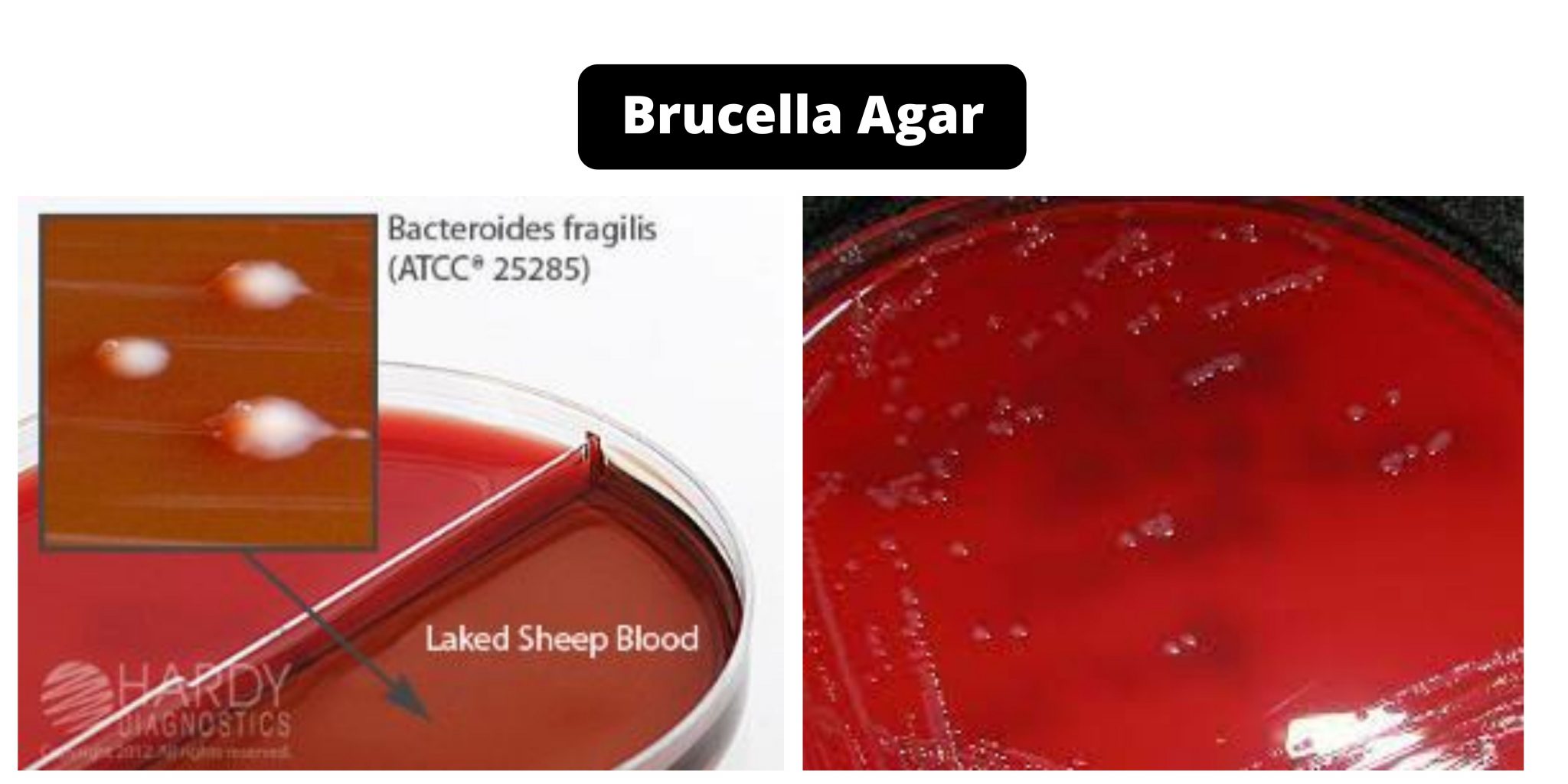
Brucella Agar Composition, Principle, Preparation, Results, Uses
1 Riv æblet og kog det op i lagen til æblet slipper sin saft. 2 Passer gennem sigte og juiceklæde 3 Mål 250ml af og kog op til 80 grader og tilføj agar agar 4 Lad det sætte sig og blend til gel med stavblender. 5 Kom på sutteflaske agar kondiment plating Tilbehør 17. februar 2020 af Ulrik 1 Fødselsdagsboller Fransk Løgsuppe

Interpreting an Agar plate YouTube
Never mix agar powder with warm/hot water as it will clump and become impossible to dissolve. Stir into room temperature liquid and then bring it to a rolling boil, making sure the agar has dissolved. Pour into molds and let it set. Although Agar-agar sets at room temperature, it is best served cold.
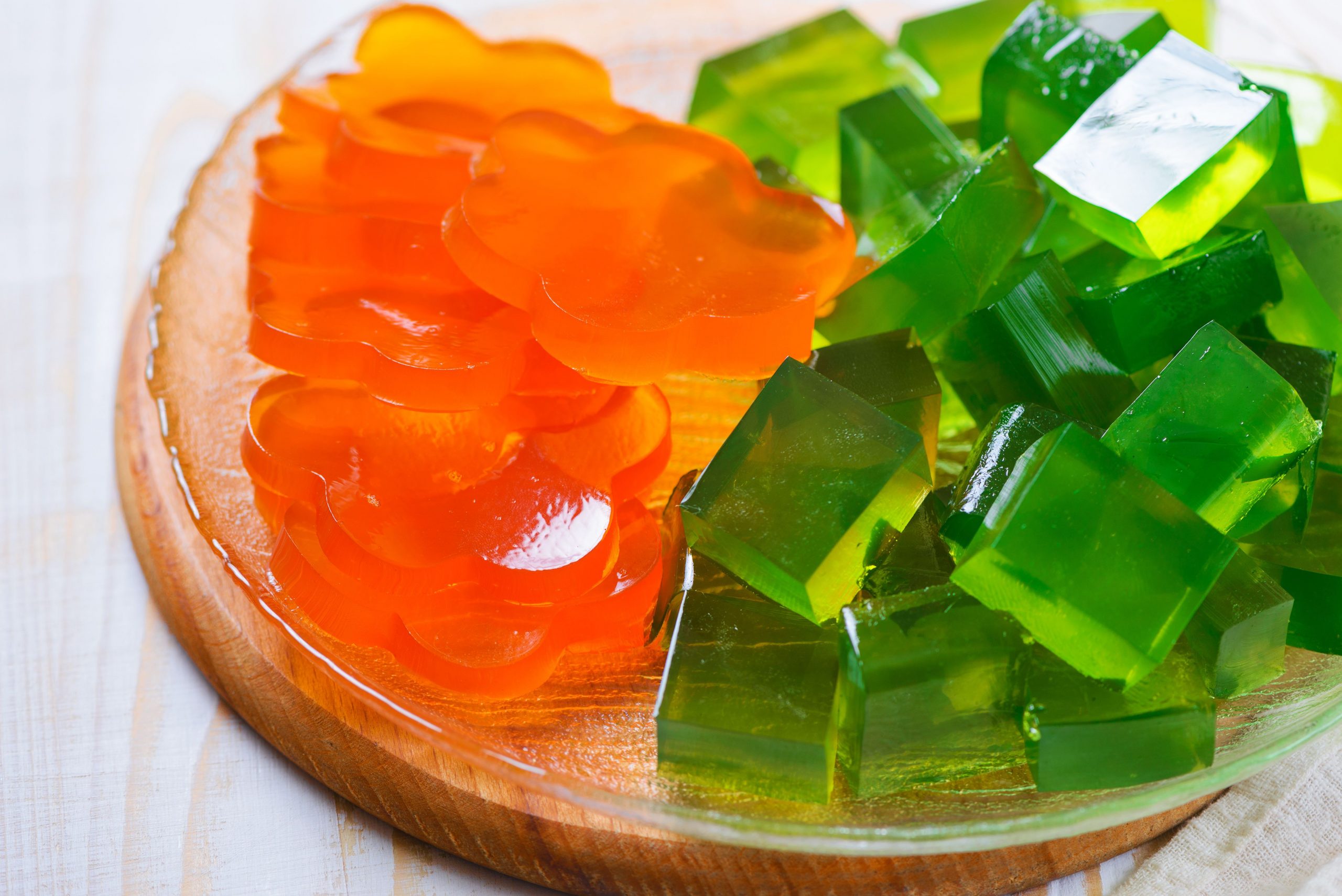
Cara Membuat Agar Agar Yang Mudah Bagi Pemula
What Is Agar-Agar? This jellylike substance is a mix of carbohydrates that have been extracted from red algae, a type of seaweed. Agar has several uses in addition to cooking, including as a filler in sizing paper and fabric, a clarifying agent in brewing, and certain scientific purposes. It is also known as China glass, China grass, China.

Citronsild med rugbrødscrumble, citronmayonnaise og broken gel Copenhagen Food
3. Pour the dissolved glue solution into the quantitative container, let the glue solution cool down and put it into the thermostat, and leave it at a constant temperature of 20℃ for 4-8 hours. 4. Use the gelometer to measure its strength. The sum of the weight added to the pressure lever is the gel strength of agar.

Growing Bacteria in Petri Dishes on Agar Gel Scientific Experiment Stock Image Image of
Agar ( / ˈeɪɡɑːr / or / ˈɑːɡər / ), or agar-agar, is a jelly-like substance consisting of polysaccharides obtained from the cell walls of some species of red algae, primarily from "ogonori" ( Gracilaria) and "tengusa" ( Gelidiaceae ). [1] [2] As found in nature, agar is a mixture of two components, the linear polysaccharide agarose.

HTBM001 HiPer® Agarose Gel Electrophoresis Teaching Kit YouTube
They need to be broken into pieces and softened by soaking in cold water for about 10-15 minutes. Heat in low flame for them to melt completely. Never heat on a high or even medium flame. When you boil agar agar, stir continuously or the flakes/powder will set in the bottom.

Assessment of agar gel loaded with microemulsion for the cleaning of porous surfaces
Agar, or agar agar, is an extract from red algae that is often used to stabilize emulsions or foams and to thicken or gel liquids. While many people in America have only heard of it lately, it has been used for hundreds of years in Asian cooking.

(A) Agarose gel showing the plasmid patterns of the strains HD73 (lane... Download Scientific
INTRODUCTION According to the US Pharmacopeia, agar can be defined as a hydrophilic colloid extracted from certain seaweeds of the Rhodophyceae class. It is insoluble in cold water but soluble in boiling water. A 1.5% solution is clear and when it is cooled to 34-43°C it forms a firm gel which does not melt again below 85°C.

How to Make Broken Glass Agar Agar Jelly YouTube
The agar dissolves in the water and the mixture is filtered to remove the residual seaweed. The hot filtrate is cooled and forms a gel (jelly) which contains about 1 percent agar. The gel is broken into pieces, and sometimes washed to remove soluble salts, and, if necessary, it can be treated with bleach to reduce the colour.